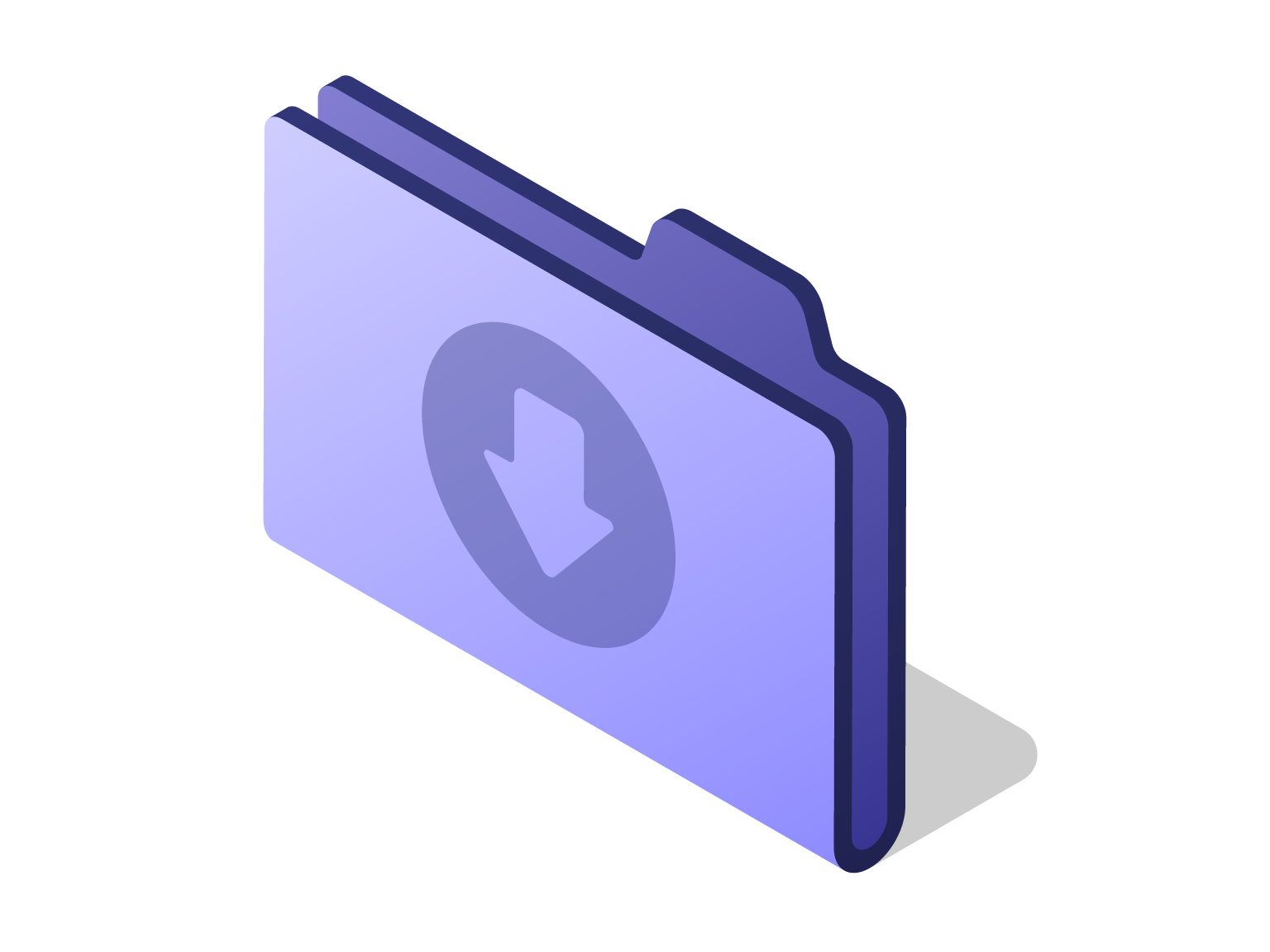

- #Folder designer mac free git hub install#
- #Folder designer mac free git hub verification#
- #Folder designer mac free git hub code#
- #Folder designer mac free git hub password#
GitHub offers two authentication options, HTTPS and SSH, to keep your work secure. Navigate to GitHub’s articles on setting up your Git username and email and follow the instructions for each using Git Bash.Ĥ. You should see a response that gives you the version of Git installed. If you want to make sure that Git is installed, run git -version in the CLI. This window is our CLI, where we will use our Git commands.Ģ. Press Enter or click on the Git Bash icon to open the app.Ī new window will open that looks like this: You should see ‘Git Bash Desktop app’ appear. Open the Start menu and search for the app, git bash. Once you complete that you can continue with this guide.ġ. If you have not installed Git Bash, please refer to the previous tutorial on Command Line Interface (CLI) Setup and follow the instructions for installing Git Bash on Windows. This portion of the guide assumes you have already installed a program called Git Bash which allows us access to Git on Windows. Now skip down to the “Try it Out!” section below.
#Folder designer mac free git hub password#
Navigate to GitHub’s article on caching your password and follow the instructions to configure your computer to be able to use HTTPS. This is a security measure which prevents anyone who isn’t authorized from making changes to your GitHub repository. Navigate to GitHub’s articles on setting up your Git username and email and follow the instructions for each using Terminal.Ħ. When the download finishes, the installer will go away on its own signifying that Git is now installed! Click “Done” to finish the installation process.ĥ. Then click “Agree to the Terms of Service” when requested.Ĥ.
#Folder designer mac free git hub install#
Would you like to install the tools now?” Click “Install”. If you don’t already have Git installed, a dialog will appear saying that “The ‘git’ command requires the command line developer tools.

When Terminal opens, type in git and press enter.ģ. Once Spotlight locates it, click on the result that says Terminal.Ģ. You can also use the Spotlight search tool (the little magnifying glass in the top right of your screen) to search for Terminal. You can find it in /Applications/Utilities/. Follow the instructions for your operating system. Next, we will set up Git on your personal computer. Be sure to verify your e-mail address to GitHub by following the instructions in that e-mail.
#Folder designer mac free git hub verification#
If you already have GitHub account, continue to the next exercise.Īfter you sign up, you will receive a verification e-mail. To use GitHub, you will need a GitHub account. There are other services to host Git repositories, but GitHub is a trusted, free service used by organizations across the world, big and small. In short, GitHub is a tool for working with Git. With GitHub, you can backup your personal files, share your code, and collaborate with others. GitHub allows you to store your local Git repositories in the cloud. GitHub is popular hosting service for Git repositories. A project managed with Git is called a Git repository.
#Folder designer mac free git hub code#
Git allows you to save drafts of your code so that you can look back at previous versions and potentially undo complicated errors. Git is a widely-used version control system used to manage code.

This tutorial refers to Git and GitHub repeatedly. Now, prepare to use those skills on your personal computer! If some steps in this tutorial are confusing, have no fear it will all come together by the end. This tutorial assumes that you’ve completed the lessons on Learn Command Line and Learn Git. We walk through creating your personal GitHub account, setting up Git on your computer, starting your first Git repository, and connecting that repository to a GitHub repository. In this tutorial, we walk through the process for using Git locally on your personal computer, and using GitHub to back it up.


 0 kommentar(er)
0 kommentar(er)
